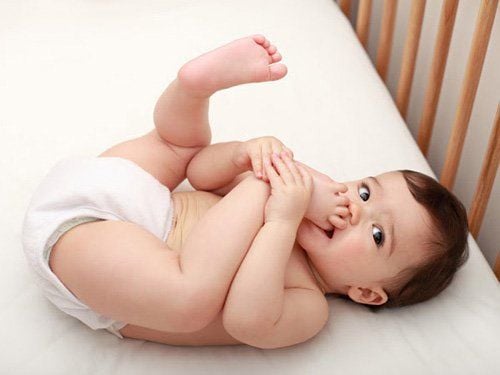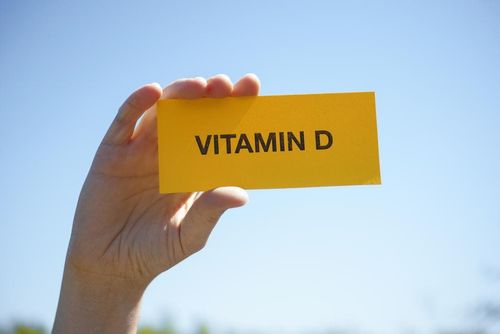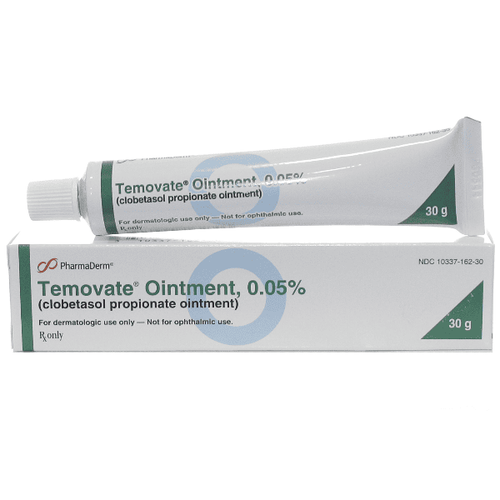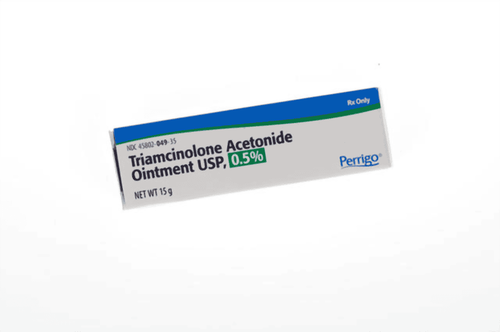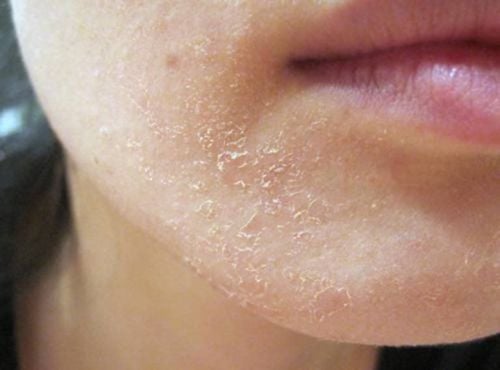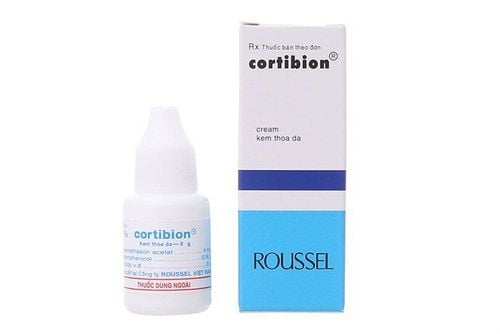This is an automatically translated article.
The article was professionally consulted by Doctor of Pediatrics - Neonatology - Vinmec Nha Trang International General Hospital.Seborrheic dermatitis is a fairly common dermatological condition that occurs in all ages, including children. The disease manifests as scaly patches with red rashes in places such as: eyebrows, behind ears, cheeks, neck or armpits, groin... Parents are easy to mistake for children having a miscarriage due to a rash. hot but actually seborrheic dermatitis in babies.
1. What is seborrheic dermatitis?
Seborrheic dermatitis is a common, chronic disease, characterized by greasy exfoliative erythema, relatively well-defined limits, concentrated mainly in areas of the skin with many sebaceous glands.2. What causes seborrheic dermatitis in children?
The cause of seborrheic dermatitis is unknown. One contributing factor may be the hormones that are passed from mother to baby before birth. These hormones can increase oil (sebum) production in the oil glands and hair follicles. Another factor could be a yeast called malassezia that grows in the sebum along with bacteria. Antifungal agents such as ketoconazole are often effective, which suggests that yeast is a contributing factor. Seborrheic dermatitis is not contagious and is not caused by poor hygiene. Intolerances to certain foods (eg, gluten, dairy products), common allergies or changes in the air can lead to irritation and seborrheic dermatitis. A family history of skin allergies, such as eczema, can increase a child's risk of developing seborrheic dermatitis. This form of infantile dermatitis may increase the likelihood of developing other types of seborrheic dermatitis (such as dandruff) in adulthood.
Trẻ bị viêm da tiết bã do di truyền từ bố mẹ
3. Symptoms of seborrheic dermatitis in babies
The most common symptom of the disease in infants and young children is the appearance of many oily, sticky scales, concentrated on the crown of the head, which can form a thick layer, spreading throughout the scalp to create a hat-like appearance. It is also known as "buffalo dung" disease in folklore). The other common site of the disease is in the diaper area, red, scaly skin. In addition, it can be seen on the face, in the folds (behind the ears, armpits, groin area). In rare cases, children may have additional candida infections or bacteria.The disease usually has an early onset, even in infancy, at 2 - 10 weeks of age and is often in remission by 8 - 12 months of age. All age groups of children can experience this condition, even if children do not make as many sebaceous glands as adults.
4. Is seborrheic dermatitis in babies dangerous?
The disease is not dangerous, but causes discomfort to the child's elbow and affects aesthetics. Seborrheic dermatitis in infants generally has a good prognosis, is self-limited, and most responds very well to appropriate topical treatment. In older adolescents and adults, longer treatment is often required.5. How to treat seborrheic dermatitis for children?
Diagnosis of seborrheic dermatitis is purely clinical. The disease is characterized by greasy white or yellow patches on the scalp of infants, which do not itch, do not ooze or ooze – unless superinfected.Seborrheic dermatitis in children mainly occurs on the scalp, but can sometimes be seen on the face, neck, ears or skin folds. The skin may be red under the scabs. Sometimes there is hair loss along with scaling, but the hair always grows back. Children are usually healthy and develop normally.
Seborrheic Dermatitis of the Scalp You can apply mineral oil or baby oil like Baby Oil to soften the flakes on the scalp a few hours before shampooing. You can use a baby-specific soft-bristled comb to gently brush your hair every day when washing your hair, helping to remove scales on the scalp. If the above methods do not work: you can use shampoos for infant seborrheic dermatitis with substances such as pyrithione zinc or selenium sulfide. Antifungal shampoos such as ketoconazole are also effective. Note: products containing salicylic acid should not be used because of the potential for irritation and salicylic acid toxicity in infants. If the child's scalp is very inflamed, mild topical corticosteroids such as 1% hydrocortisone can be used, but the drug should be prescribed and consulted by a specialist. If the child has a bacterial superinfection (leakage, yellowing), the doctor will prescribe an anti-staphylococcal antibiotic before the topical corticosteroid treatment. Lesions in other skin areas can be used topical corticosteroids with mild effects such as hydrocortisone 1% or 2.5%, desonide 0.05%, applied to the skin twice a day when the child has a lot of inflammation.

Dùng corticoid bôi tại chỗ tác dụng nhẹ như hydrocortisone 1% hay 2,5%, desonide 0.05%
Please dial HOTLINE for more information or register for an appointment HERE. Download MyVinmec app to make appointments faster and to manage your bookings easily.




